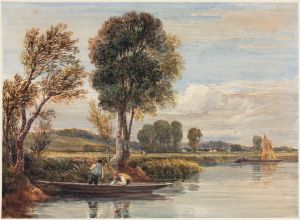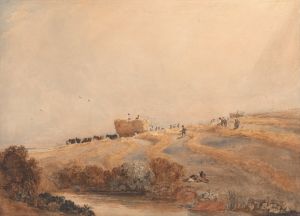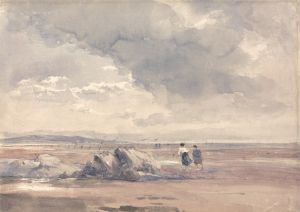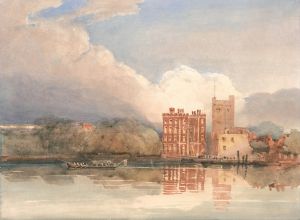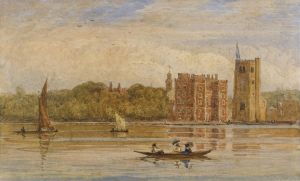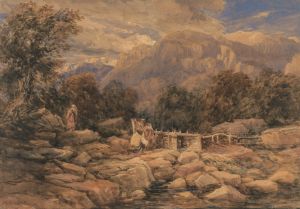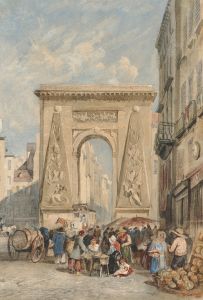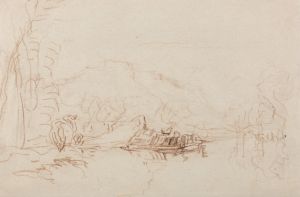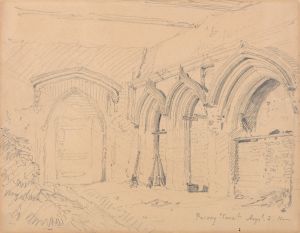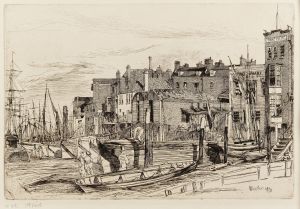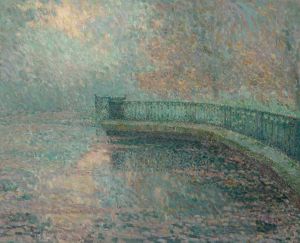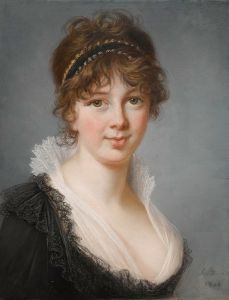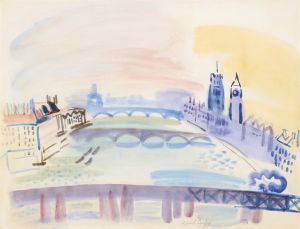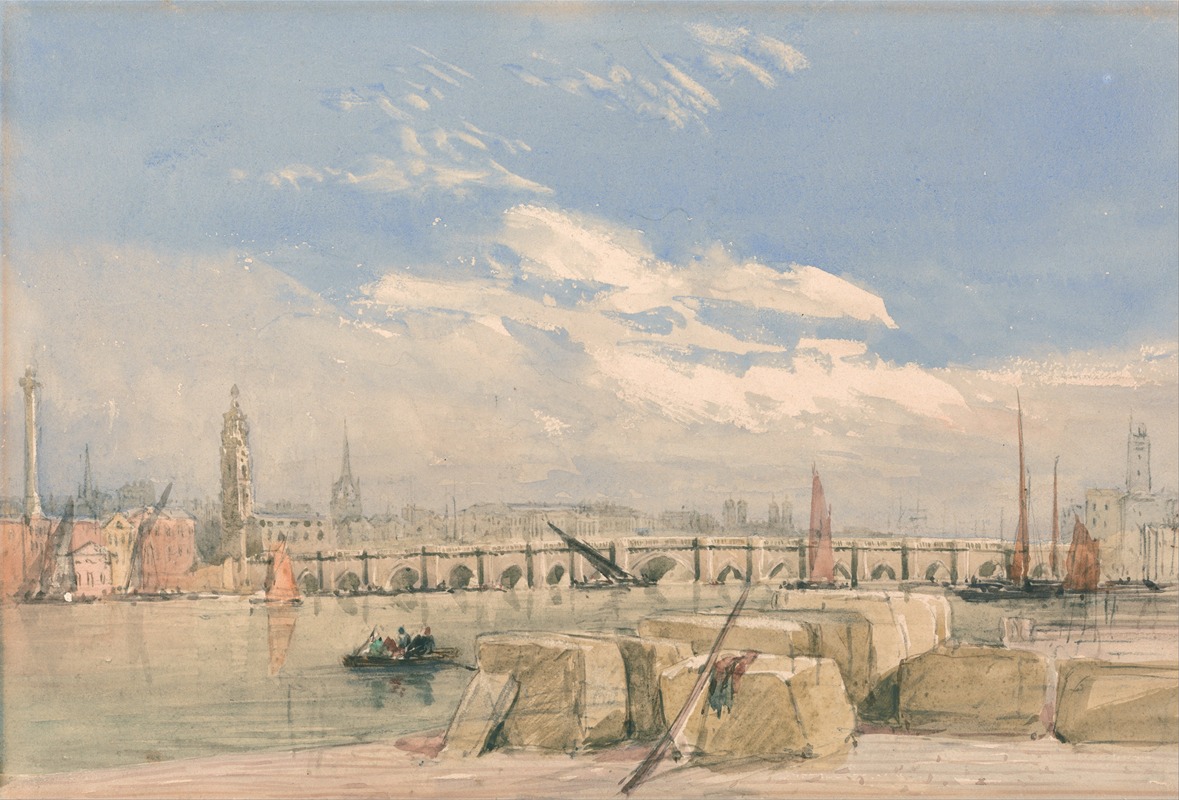
London Bridge
A hand-painted replica of David Cox’s masterpiece London Bridge, meticulously crafted by professional artists to capture the true essence of the original. Each piece is created with museum-quality canvas and rare mineral pigments, carefully painted by experienced artists with delicate brushstrokes and rich, layered colors to perfectly recreate the texture of the original artwork. Unlike machine-printed reproductions, this hand-painted version brings the painting to life, infused with the artist’s emotions and skill in every stroke. Whether for personal collection or home decoration, it instantly elevates the artistic atmosphere of any space.
David Cox, an esteemed English landscape painter, created the artwork "London Bridge" in the 19th century. Cox, born in 1783 in Birmingham, England, was a prominent figure in the development of English landscape painting. He is often associated with the Birmingham School and is known for his contributions to the watercolor medium, although he also worked with oils.
"London Bridge" by David Cox captures the iconic structure that has spanned the River Thames in various forms since the Roman period. The bridge depicted in Cox's painting is likely the one completed in 1831, designed by John Rennie and constructed by his son, also named John Rennie. This version of London Bridge replaced the medieval stone bridge that had stood for over 600 years. The 1831 bridge was a significant feat of engineering at the time, featuring five stone arches and a total length of 928 feet.
Cox's painting reflects his mastery of capturing atmospheric conditions and the interplay of light and shadow, which are hallmarks of his style. His work often emphasizes the transient effects of weather and light, bringing a dynamic quality to his landscapes. In "London Bridge," Cox likely employed his adept use of watercolor to convey the bustling activity of the Thames and the surrounding cityscape, a common theme in his urban scenes.
The painting is a testament to Cox's ability to blend topographical accuracy with artistic expression. While he is known for his rural landscapes, his urban scenes, such as "London Bridge," demonstrate his versatility and keen observation of the changing urban environment during the Industrial Revolution. This period was marked by rapid urbanization and technological advancement, which is subtly reflected in the backdrop of Cox's work.
Cox's influence extends beyond his paintings; he was also a respected teacher and writer on art. His instructional books and teaching helped shape the next generation of artists, spreading his techniques and appreciation for the watercolor medium. His works are held in high regard and are part of numerous public collections, including the Tate Gallery and the Victoria and Albert Museum.
"London Bridge" by David Cox remains an important piece within his oeuvre, illustrating not only a significant London landmark but also capturing a moment in time during a period of great change in the city. The painting serves as a historical document, providing insight into the architectural and social landscape of 19th-century London. Cox's ability to convey the essence of a scene with both precision and emotion ensures his place as a significant figure in the history of English landscape painting.






